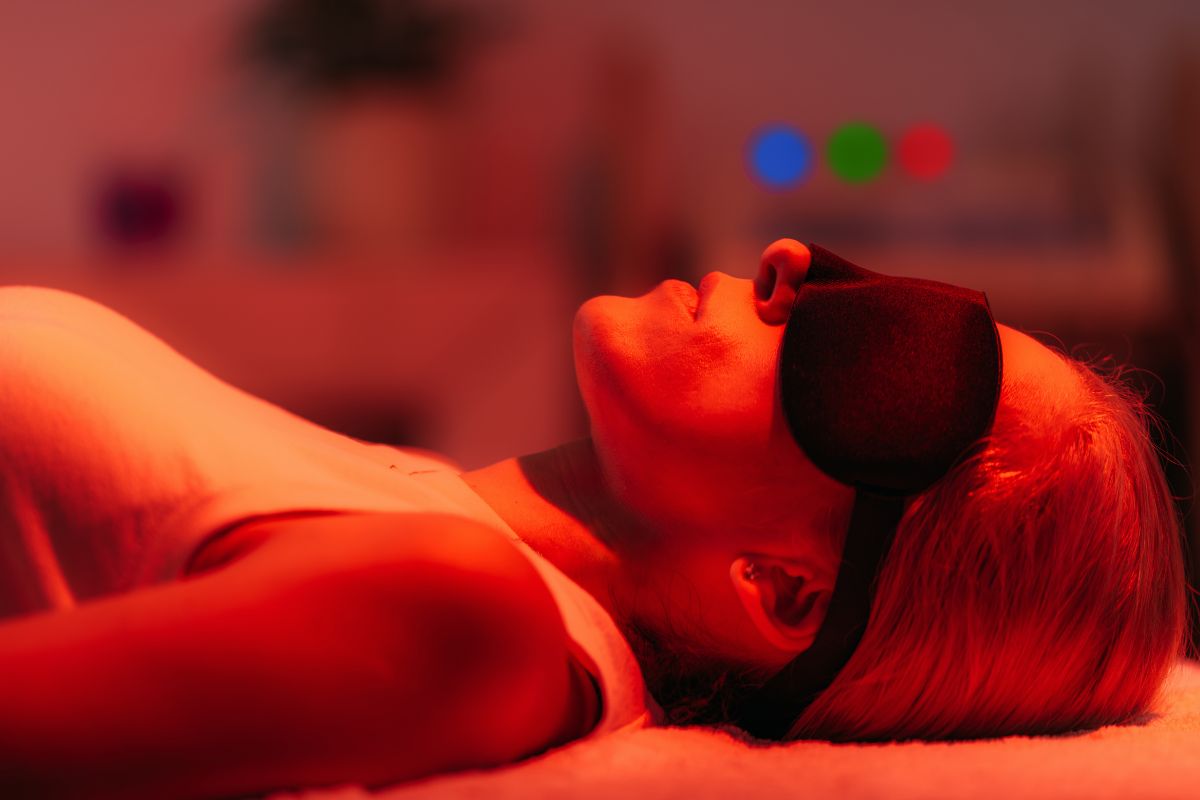Din handlekurv er nå tom!
Mechanisms and pathways of pain photobiomodulation: a narrative review.

Skrevet av
Cheng K, Martin LF, Slepian MJ, Patwardhan AM, Ibrahim MM.
Abstract: A growing body of evidence supports the modulation of pain by light exposure. As such, phototherapy is being increasingly utilized for the management of a variety of pain conditions. The modes of delivery, and hence applications of phototherapy, vary by wavelength, intensity, and route of exposure. As such, differing mechanisms of action exist depending upon those parameters. Cutaneous application of red light (660nm) has been shown to reduce pain in neuropathies and complex regional pain syndrome-I, whereas visual application of the same wavelength of red light has been reported to exacerbate migraine headache in patients and lead to the development of functional pain in animal models. Interestingly visual exposure to green light can result in reduction in pain in variety of pain conditions such as migraine and fibromyalgia. Cutaneous application typically requires exposure on the order of minutes, whereas visual application requires exposure on the order of hours. Both routes of exposure elicit changes centrally in the brainstem and spinal cord, and peripherally in the dorsal root ganglia and nociceptors. The mechanisms of photobiomodulation of pain presented in this review provide a foundation in furtherance of exploration of the utility of phototherapy as a tool in the management of pain.
Key points: Cutaneous application of red light (660nm) has been shown to reduce pain in neuropathies and complex regional pain syndrome-I, whereas visual application of the same wavelength of red light has been reported to exacerbate migraine headache in patients and lead to the development of functional pain in animal models.